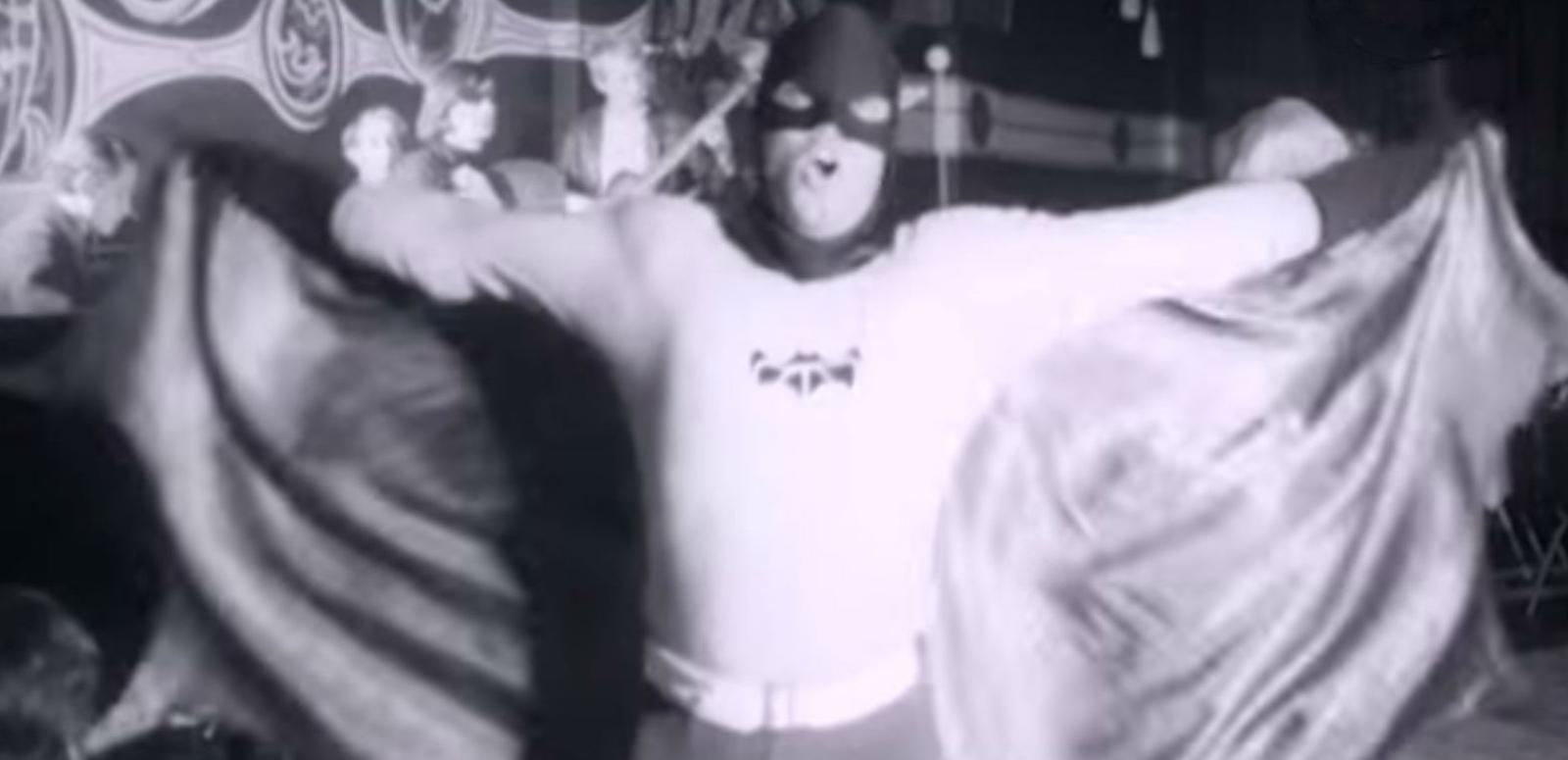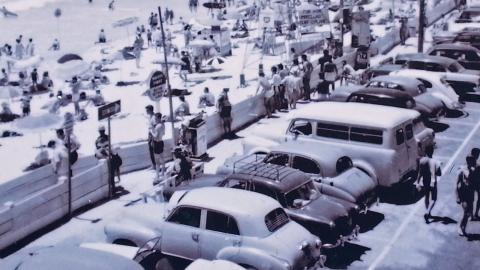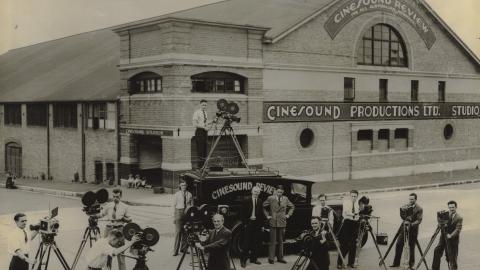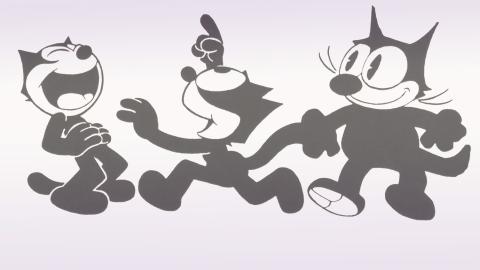

Batman goes Au Go-Go!
Batman goes Au Go-Go!
Nightclub owner Tony Murphy recruits Batman and Robin to launch his new club. The Caped Crusader and Boy Wonder arrive, not in the Batmobile, but in a Mini Moke! Murphy greets our superheroes at the door before they dance, rather awkwardly you’d have to say, with patrons inside.
The original Batman TV series starring Adam West as Batman and Burt Ward as Robin began in the US on 12 January 1966 and received a surge in popularity when the first feature-length movie of the DC Comics franchise premiered in the US on 30 July 1966. Murphy was no doubt hoping to capitalise on this phenomena.
‘BATMAN GOES AU GO-GO’ SEGMENT FROM CINESOUND REVIEW NO. 1803, 1966. NFSA TITLE: 29149.
This humorous clip is from a Cinesound Review newsreel of 1966. That year was the middle of the Swinging Sixties when social norms were being broken, Harold Holt had replaced Menzies as prime minister, Australia had increased its commitment to troops in Vietnam and go-go clubs were springing up all over Sydney.
Describing these nightclubs as ‘go-go’ dates back to the 1950s. When the British film Whisky Galore! (Dir. Alexander Mackendrick, UK, 1949) screened in France, the French expression ‘à gogo’, replaced ‘galore’. Subsequently, a number of French dance clubs that sold whisky as the sophisticated tipple of choice were given the name ‘Whisky à Go-Go’.
The success of these discotheques was repeated in the US, where the clubs retained their French name. The Americans soon added young girls dancing as entertainment and so go-go dancers, as we know them today, first appeared. Of course ‘go-go’ also suggested the high-energy dance style of the dancers themselves. Dance moves such as the Watusi and the Monkey became a part of their signature repertoire along with sequined and fringed miniskirts and knee-high boots, which eventually came to be called go-go boots.
Melbourne television personality, presenter, dancer and comedienne Denise Drysdale is credited as Australia’s first and foremost go-go dancer. At 17 years of age Drysdale joined a popular music TV show hosted by DJ Ken Sparkes called Kommotion, which premiered in December 1964. Drysdale went on to found a go-go dance school as the popularity of the dance style and the clubs grew.
The National Film and Sound Archive of Australia acknowledges Australia’s Aboriginal and Torres Strait Islander peoples as the Traditional Custodians of the land on which we work and live and gives respect to their Elders both past and present.


